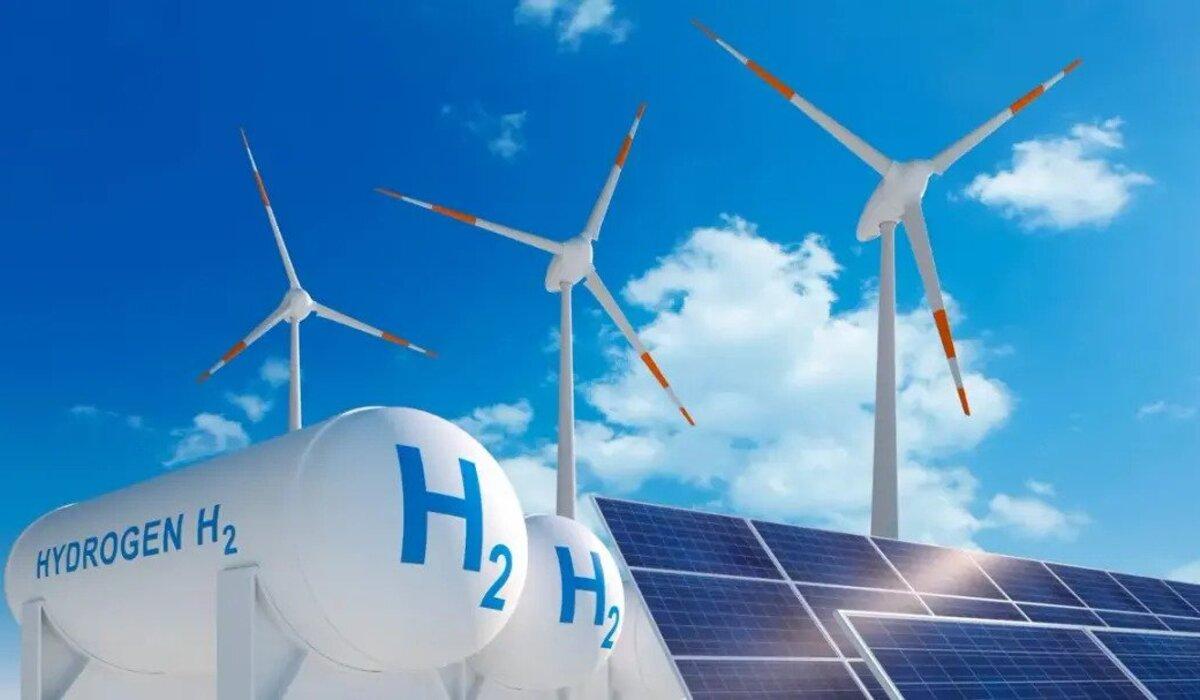Researchers at the University of Tübingen have achieved a remarkable breakthrough in renewable energy by developing a highly efficient solar cell that has the potential to revolutionize the production of green hydrogen. Green hydrogen, produced by splitting water using renewable energy sources, is celebrated for its environmentally friendly production process.
This innovative solar cell is integrated into a specialized apparatus that enables decentralized hydrogen production without the need for additional external circuits, making it compact, flexible, and cost-effective. Dr. Matthias May, the lead scientist behind the project, highlighted that achieving stable and efficient photoelectrochemical or direct water splitting has long been a challenge in the renewable energy field. However, this new technology precisely controls materials at the nanoscale, enhancing efficiency and stability.
Corrosion has historically been a significant challenge in solar cell development, especially for water-based applications. Still, significant progress has been made in addressing this issue, increasing the solar cell’s long-term durability when exposed to water environments.
The solar cell’s performance is impressive, boasting an efficiency rate of 18%, a substantial improvement over previous efforts. To put this into perspective, researchers achieved just 12% efficiency in 1998, with subsequent milestones reaching 14% in 2015 and 19% in 2018. This progress reflects the potential of this technology to significantly enhance energy production efficiency.
What makes this discovery even more exciting is the solar cell’s ability to operate independently of the electric grid. This feature opens up possibilities for using this technology in regions with limited access to stable electricity supplies, offering a solution for decentralized green hydrogen production, even in remote areas.
The University of Tübingen’s research is part of a broader collaborative effort known as the H2Demo project, which involves partnerships with external experts, including the Fraunhofer Institute for Solar Energy Systems (ISE). Future developments will focus on further enhancing long-term stability, transitioning to more cost-effective materials, and scaling up production to cover larger surface areas. These advancements have the potential to contribute significantly to global energy supply and the reduction of CO2 emissions.
In summary, the University of Tübingen’s groundbreaking innovation in solar cell technology signifies a substantial stride towards sustainable hydrogen production. Characterized by its high efficiency, autonomy from the electrical grid, and adaptability to challenging environments, this technology could revolutionize how we harness clean energy. As ongoing research and development efforts continue, it is poised to assume a pivotal role in addressing the challenges of climate change and energy sustainability, ultimately leading us toward a cleaner and more sustainable future for our planet.

